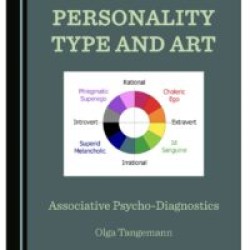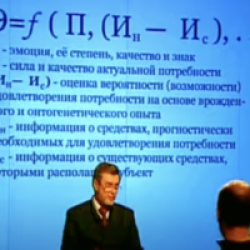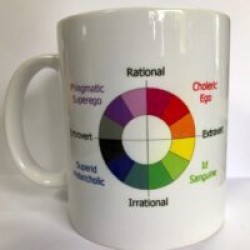– Basic dichotomies, which together define a leading type of psychic energy and belonging to a small group of types – TPE Group.
– Two of the most distinct TPEs and as a result one of the 3 most pronounced dichotomies to be distinguished. This is the step of determining the TPE profile.
– Functional profile. As a result of this step will be identified personality type and subtype at the level of TIM – type of informational metabolism. 1) Determine the type of psychic energy based on 3most important dichotomies: statics (S) – dynamics (D), extraversion (E) – introversion (I) and rationality (J) – irrationality (P).
Remember that two dichotomies automatically indicate the third one:
TPE Superego – statics (S), introversion (I), rationality (J)
TPE Superid – dynamics (D), introversion (I), irrationality (P)
TPE Ego – dynamics (D), extraversion (E), rationality (J)
TPE Eid – statics (S), extraversion (E), irrationality (P). 2) Think of a psychodynamic profile – the profile of the TPEs. TPE profile contains all 4 TPEs from the strongest to the weakest. However, for identification of type and subtype is enough to distinguish two strongest TPEs.
If you can not decide which of the two TPEs is a leading, determine the most striking dichotomy, for example, rationality (J).
Associate the strongest dichotomy with one of the 6 TPE profiles e.g.: rational profile.
TPE profile indicates two strongest types of energy, most clearly manifested in the client’s preferences, without further indication which one is leading or compensating. If at this stage you can not decide which of the two TPEs is leading – you can solve this matter in the process of further analysis.3) Think about the functional profile – two strongest Jungian functions that are most pronounced in the client’s preferences: the logic (T), ethics (F), sensory (S) and intuition (N).
It is not necessary that the two strongest functions are manifested equally bright. Try to identify at least one strong Jung’s function.
4) Correlate functional profile with the TPE profile and make a conclusion about the personality type and subtype.
These diagnostics is applied to the non-verbal and verbal preferences. Model A is used as an auxiliary tool.











